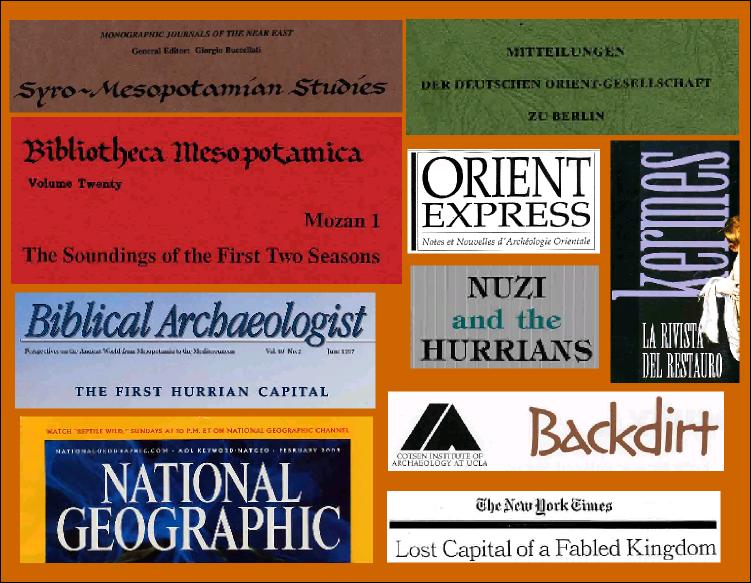Where possible, we offer links to electronic versions of the works; “electronic” means that these are simply mirror copies of paper editions, with no claim at having been originally conceived as digital. A properly digital publication of the data is given in the full Urkesh website.
The fundamental theoretical distinction between the two sections entitled “Record” and “E-Library” is that the data in the former are construed as digital from the beginning, whereas the latter includes publications which, though physically presented in digital format, are conceived essentially along traditional lines.
The E-Library is of course just as central to the effort at presenting both the documentation and our interpretation of the data, and for this reason we make these publications available online.
Project Publications includes publications, presentations and other output by members of staff. Beside a link to an electronic version where possible, the entries include an abstract and/or a poster.
Other Publications lists publications relevant to Urkesh and of broader interest to Ancient Near Eastern studies (with two specific sub-setions offering Abstracts and Keywords).
Media Coverage contains discussions of Urkesh in the popular (also social) media.
Authors Index lists all the authors whose contributions are entered in the E-Library.
Excursuses page includes discussions related to specific topics.
